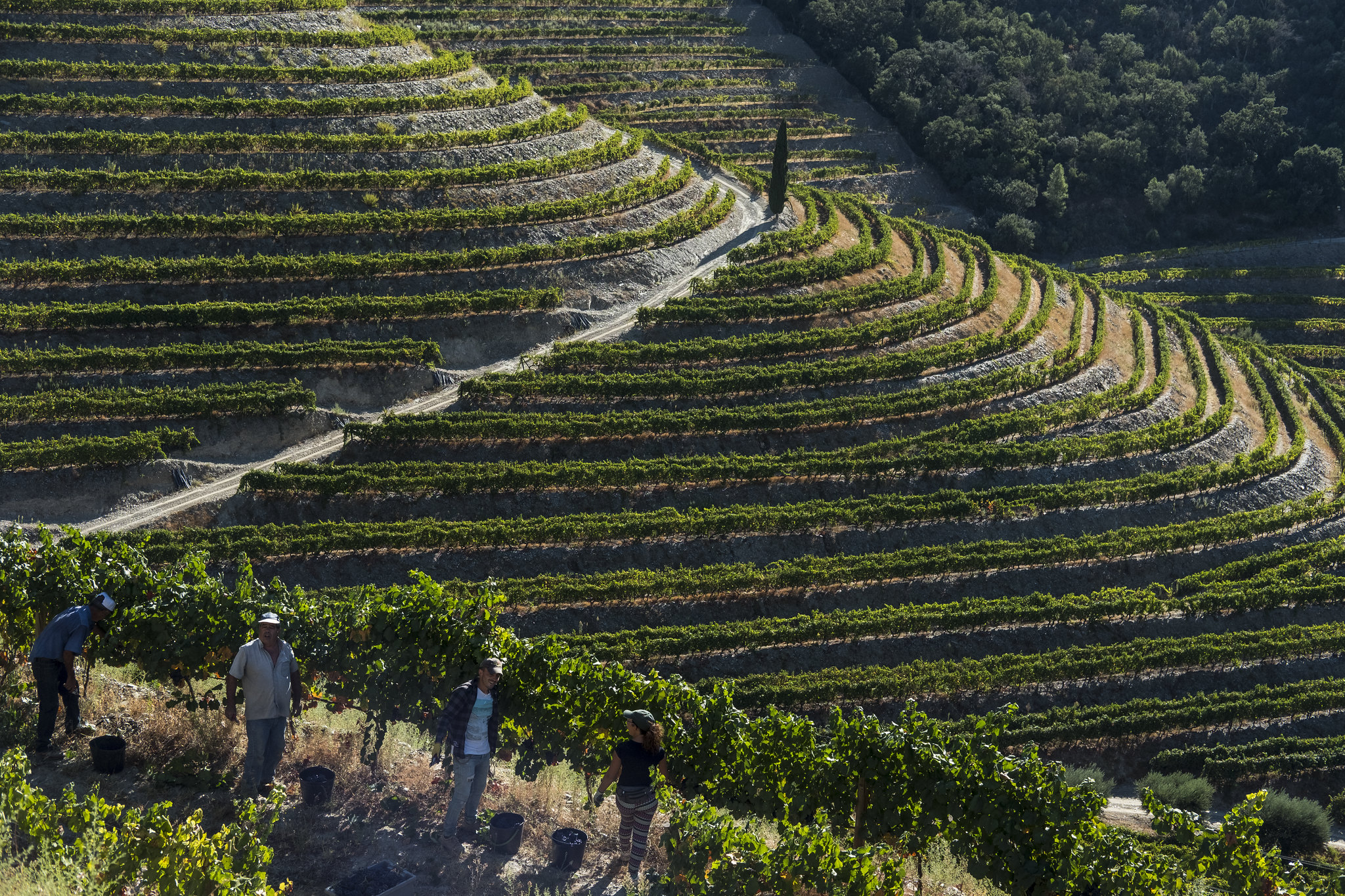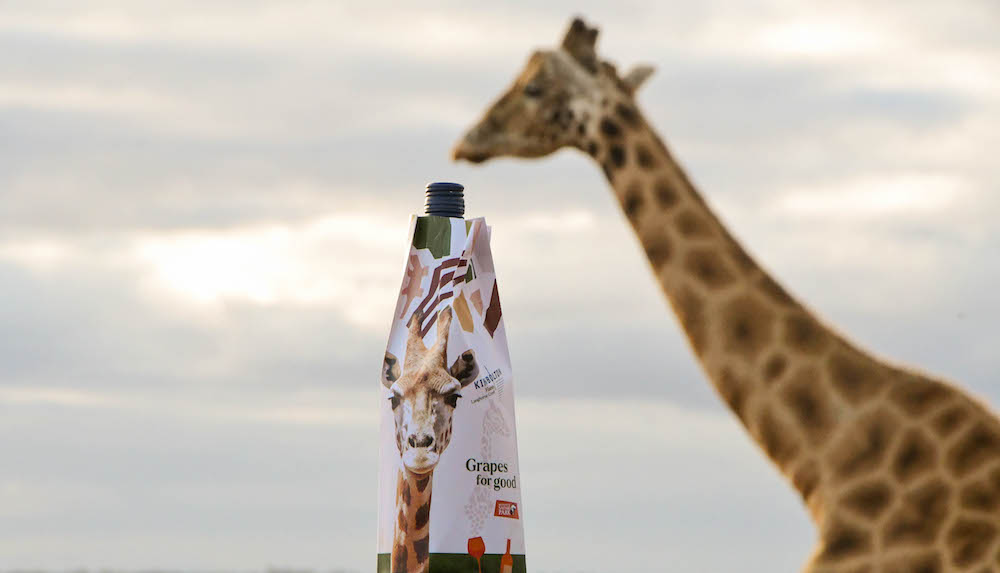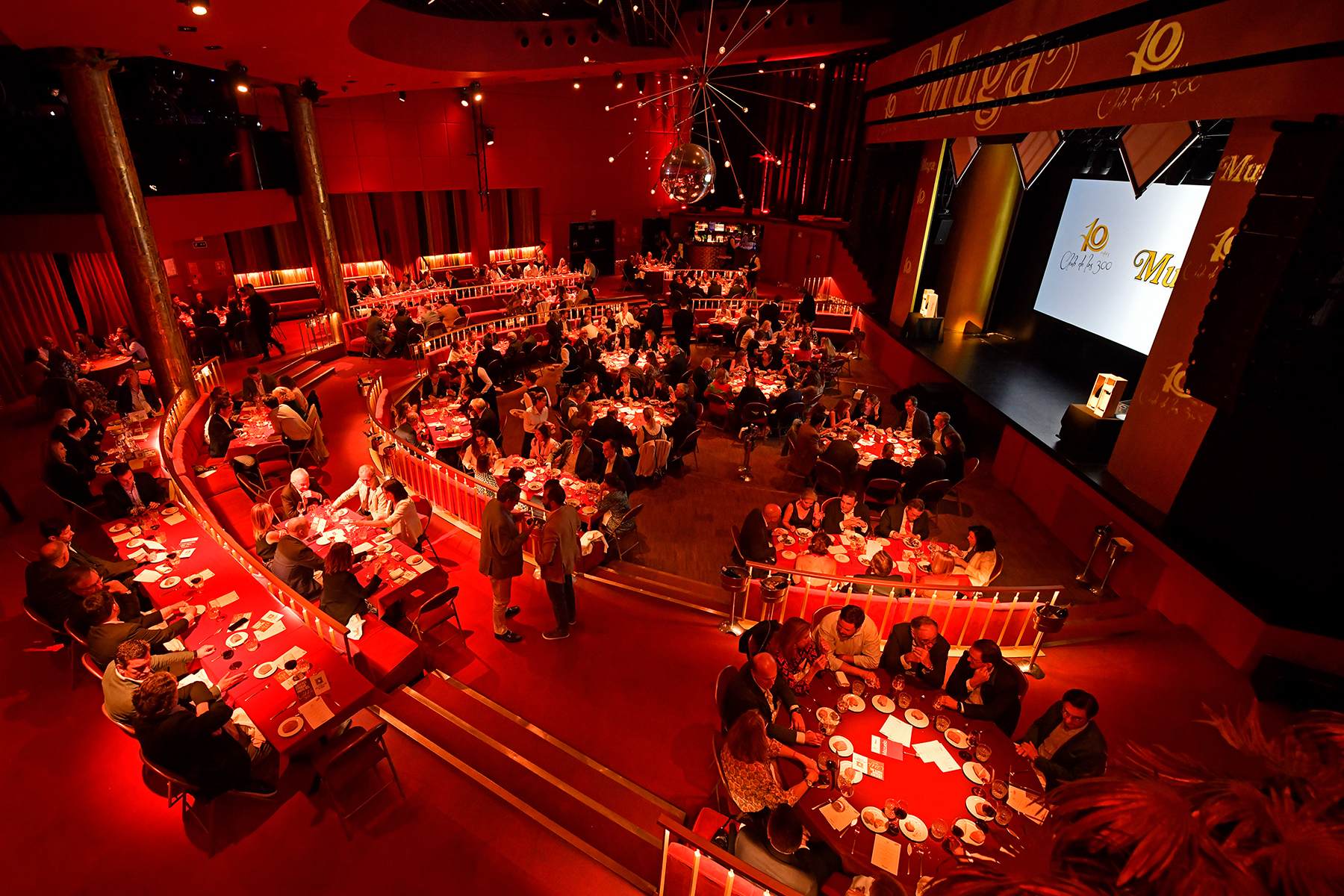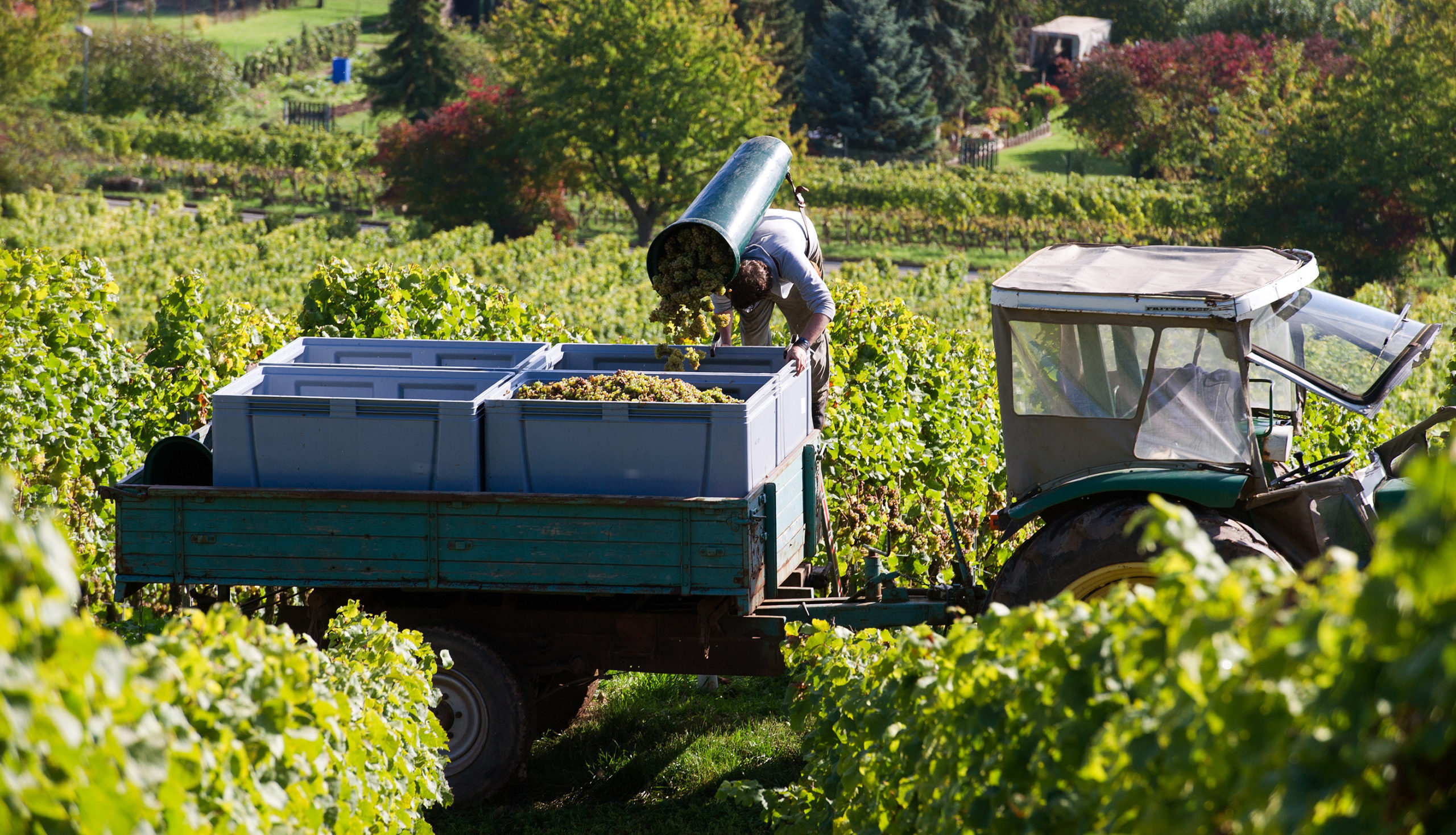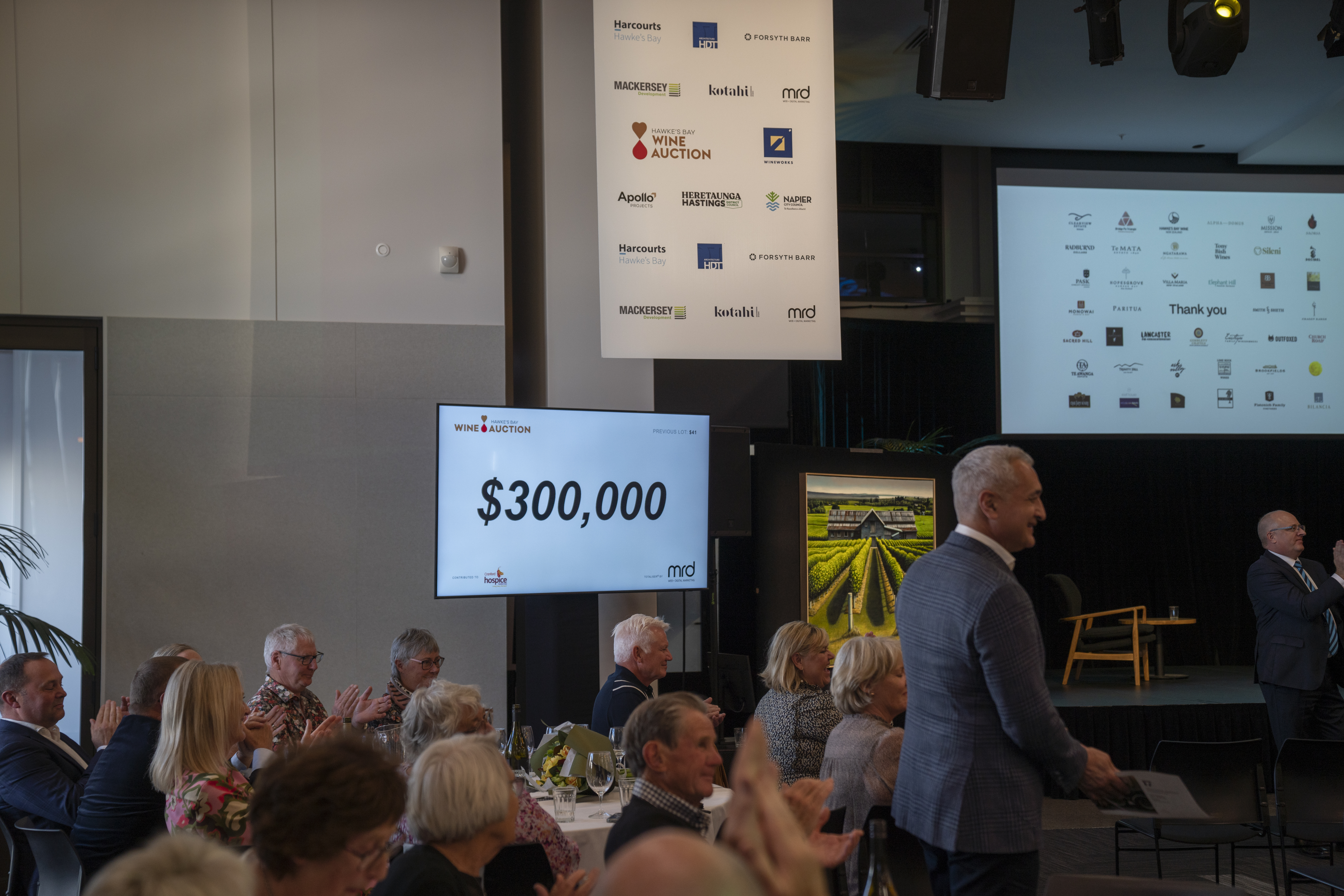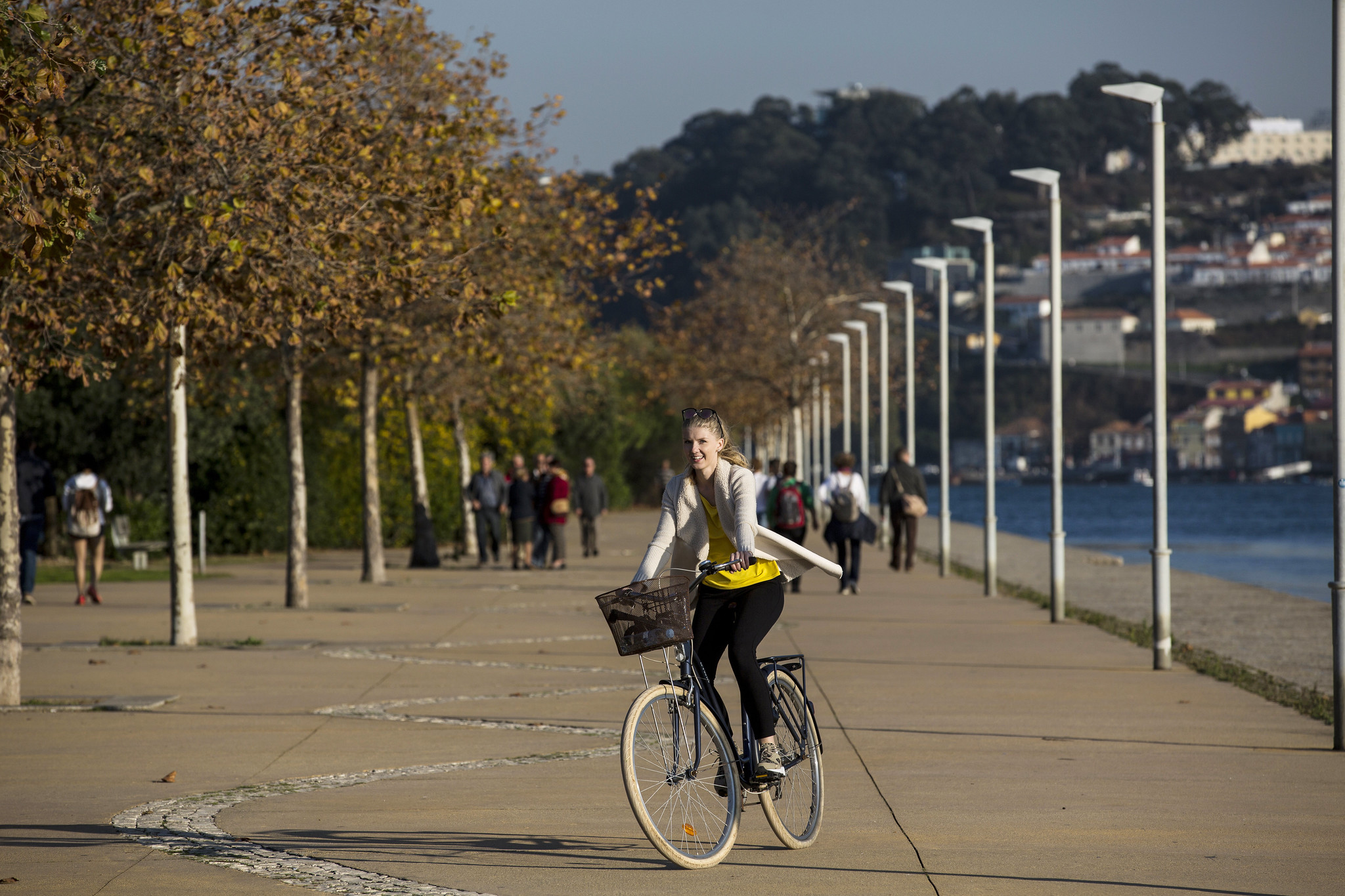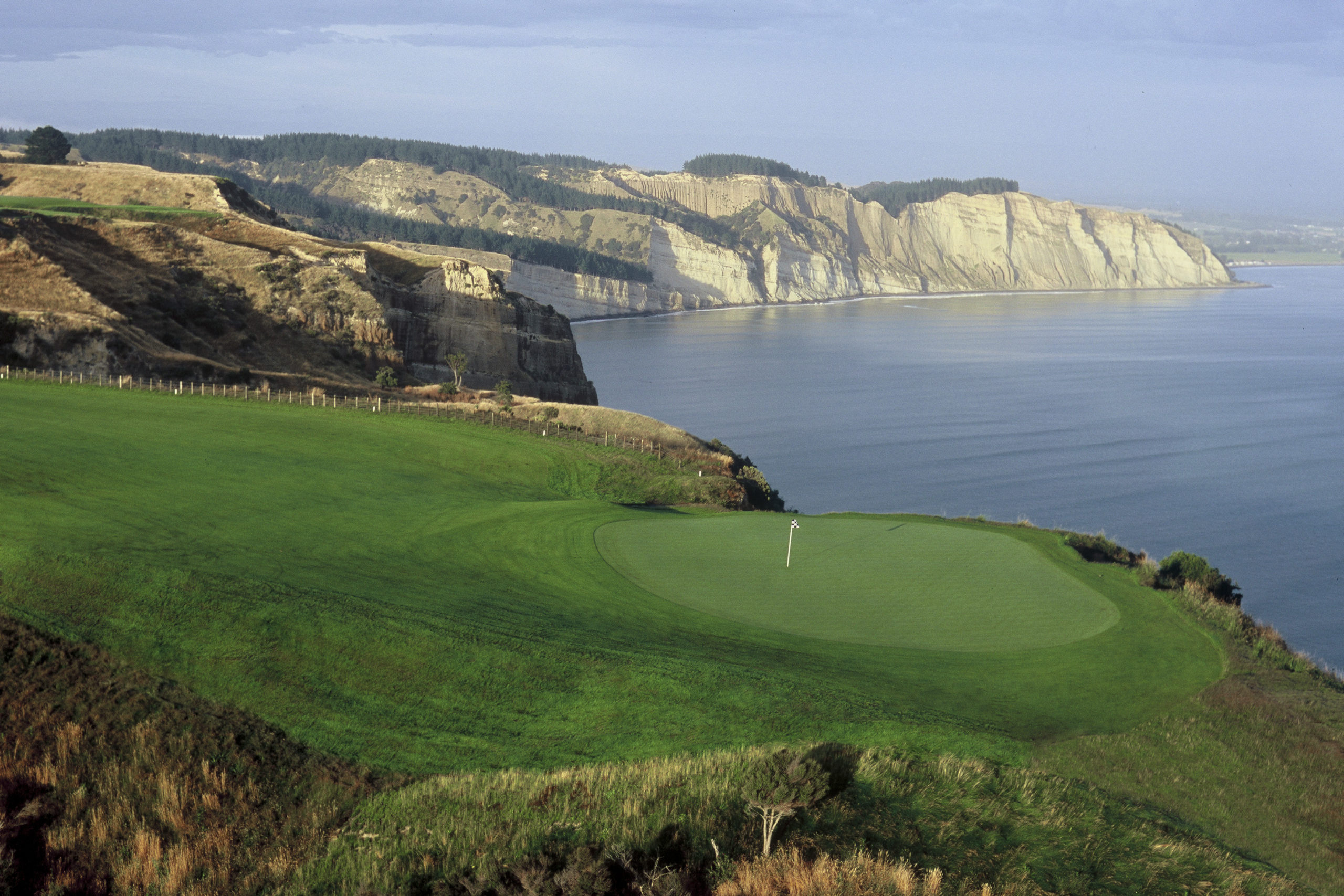In the heart of Chile’s Casablanca Valley, nestled within the esteemed Great Wine Capital Valparaíso-Casablanca region, rows of grapevines stretch endlessly, illustrating viticultural splendor. Amidst this picturesque backdrop, the region’s renowned vineyards and its vibrant community of artisans cultivate a harmonious partnership. This collaborative spirit, driven by shared values of creativity and craftsmanship, not only enriches the cultural landscape but also stimulates the local economy.
Winds of Opportunity: Trivento’s educational initiative
Since 2008, Trivento Winery has carried out various programs related to the education of its employees, families and the surrounding community.
Wine for Good: promoting inclusion and community enhancement in Porto, Douro, and Vinhos Verdes
Let’s shine a spotlight on some inspiring projects and initiatives that harness the power of wine for good in these iconic and famous regions
Mentoring the future of wine
This year sees the third edition of The Bordeaux Mentor Week, an initiative created by journalist Jane Anson and wine trade consultant Chinedu Rita Rosa. Their aim is to increase diversity, equity and inclusion in the wine trade, a business that may seem inaccessible for young people without insider contacts.
The Cape Wine Auction
The Cape Wine Auction is recognised as one of the world’s pre-eminent wine-themed philanthropy events, and commits to raising funds for a number of Cape Winelands organisations aimed at bettering the lives of the region’s youth.
Grapes for Good: “Do a little good with every glass you pour”
Grapes for Good is an initiative that has brought together six wineries from the Adelaide, South Australia wine region of Langhorne Creek, to create a mix of wines supporting Zoo South Australia’s conservation efforts. Part proceeds from sales of these special wines go to Monarto Safari Park, the largest safari park outside of Africa. More than 70% of species at Monarto are threatened with extinction in the wild and need our support and protection to survive and thrive. This clever alliance earned Grapes for Good the Best of Wine Tourism Award for ‘Tourism Collaboration Excellence’ in 2023.
Rioja Wineries Engage in Longterm Cooperation Projects to Help the Disadvantaged
Rioja wineries are carrying out long term cooperation projects to do their part in the struggle to improve the lot of the disadvantaged. These projects are a source of pride and accomplishment for the wineries, contributing in a small way globally, but in a big way for the companies themselves.
Wine for Good
The extensive vine-covered hills characterize the landscape of Rheinhessen. Wine means pleasure, passion and a very special attitude to life. But wine can do even more. It can bring people together – to do good together.
Hawke’s Bay wine industry major palliative care funder
Major funding is delivered to the Hawke’s Bay’s palliative care service, Cranford Hospice, every year thanks to the generosity of the region’s wine industry.
Wine and wilderness: thrilling adventures in Porto, Douro, and Vinhos Verdes regions
Get ready to immerse yourself in the thrilling adventures that await just beyond the city or the vineyards, in a full outdoor experience!
Hawke’s Bay’s Hidden Adventure, Ready to Discover
Hawke’s Bay, New Zealand is renowned for its expansive landscapes, rich cultural heritage, and vibrant wine industry. However, beyond the tranquil vineyards and picturesque beaches lies a realm of exhilarating adventure ready for you to discover. The same countryside...
Uncorking Bilbao and Rioja: Awesome Outdoor Adventures for Nature Lovers
Welcome to Bilbao-Rioja! Let yourself be kissed by the Spanish sun in our beautiful vineyards and beaches. Feel the rhythm of nature, and stop whenever a picturesque spot tempts you for a photo (or a local tapas picnic!).


